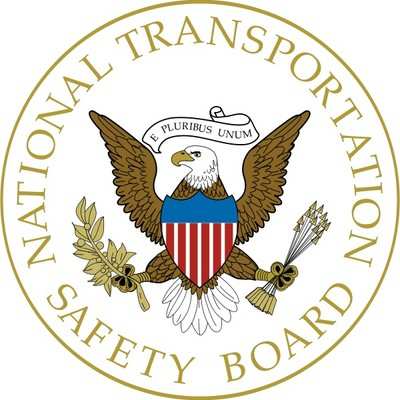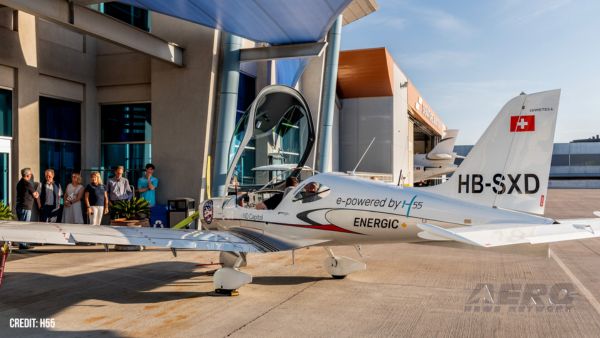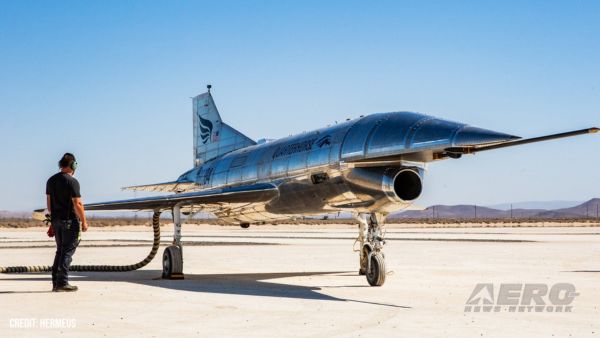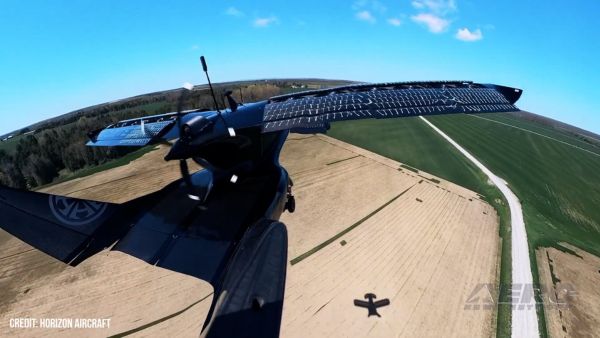ADS-B Data Showed That The Airspeed Gradually Decreased While On Approach To Runway 18
Location: Bridgeport, TX Accident Number: CEN23FA160
Date & Time: April 19, 2023, 18:37 Local Registration: N1390A
Aircraft: Aero Vodochody L-139 Injuries: 2 Serious
Flight Conducted Under: Part 91: General aviation - Instructional

On April 19, 2023, about 1837 central daylight time, an Aero Vodochody L-139 Albatros 2000 airplane, N1390A, sustained substantial damage when it was involved in an accident near Bridgeport, Texas. The front seat pilot and the rear seat flight instructor sustained serious injuries. The airplane was operated as a Title 14 Code of Federal Regulations Part 91 instructional flight.
The airplane is part of the Darkstar Air Racing team, which the pilot owns, and she also performs racing duties. The manager of the team reported that the purpose of the local area flight was for the pilot’s flight review with a flight instructor. A preliminary review of Automatic Dependent Surveillance–Broadcast (ADS-B) data showed that the airplane departed from the Perot Field/Fort Worth Alliance Airport (AFW), Fort Worth, Texas, about 1816. The airplane traveled to the northwest toward the Bridgeport Municipal Airport (XBP), Bridgeport, Texas. The airplane overflew the airport and performed a touch and go landing to runway 18. The airplane departed, turned to the west, and then turned to the north overflying Lake Bridgeport. The airplane then performed a teardrop style turn to the north of XBP and oriented the airplane to the south to land to runway 18. The last several data points of the ADS-B data showed that the airspeed gradually decreased while on approach to runway 18. The ADS-B
data terminated about 0.42 miles to the north of the approach end of runway 18.
The airplane impacted a large tree on private property that is used for ranching. The airplane then impacted terrain, additional trees, and a barn, before it came to rest upright in a second barn. Both wings and most of the empennage was separated due to the impact sequence. First responders extracted the pilot and the flight instructor from the wreckage. The National Transportation Safety Board (NTSB), the Federal Aviation Administration (FAA), and Honeywell responded to the accident site to conduct documentation and examination work. The distance of where the airplane impacted the large tree to the approach end of runway 18, was about 0.38 miles. All major structural components of the airplane were found at the accident site. The main landing gear was found in the retracted position. About 117 gallons of fuel were recovered from the intact fuel system. The wreckage was recovered from the accident site and transported to a secure location.
The pilot and flight instructor were both wearing Bose A20 aviation headsets for the accident flight. The airplane was equipped with four Garmin GDU 460 units (two for each seat station), two Electronics International MVP-50T units (one for each seat station), and a Stack DVR3 unit. The various avionics units were secured and transported to the NTSB Vehicle Recorders Laboratory for examination and download.
The airplane held an experimental airworthiness certificate issued by the FAA. The airplane, serial number 295501, was originally manufactured in Czechoslovakia in 1992 by Aero Vodochody as a training and light attack jet. The airplane was equipped with a Honeywell TFE731-4-1T turbofan engine, serial number P-106102. The Honeywell digital electronic engine control box was identified and was confirmed to not record engine data. The two ejection seats in the airplane were modified to be in an inert status, with parachutes interfaced with the two four-point restraint systems. The airplane was not equipped with an emergency locator transmitter.
The airplane was maintained through an FAA-approved inspection program.
 ANN's Daily Aero-Term (05.29.25): Terminal Radar Service Area
ANN's Daily Aero-Term (05.29.25): Terminal Radar Service Area ANN's Daily Aero-Term (05.30.25): Very High Frequency (VHF)
ANN's Daily Aero-Term (05.30.25): Very High Frequency (VHF) Aero-News: Quote of the Day (05.30.25)
Aero-News: Quote of the Day (05.30.25) Airborne 05.23.25: Global 8000, Qatar B747 Accepted, Aviation Merit Badge
Airborne 05.23.25: Global 8000, Qatar B747 Accepted, Aviation Merit Badge ANN's Daily Aero-Linx (05.30.25)
ANN's Daily Aero-Linx (05.30.25)



